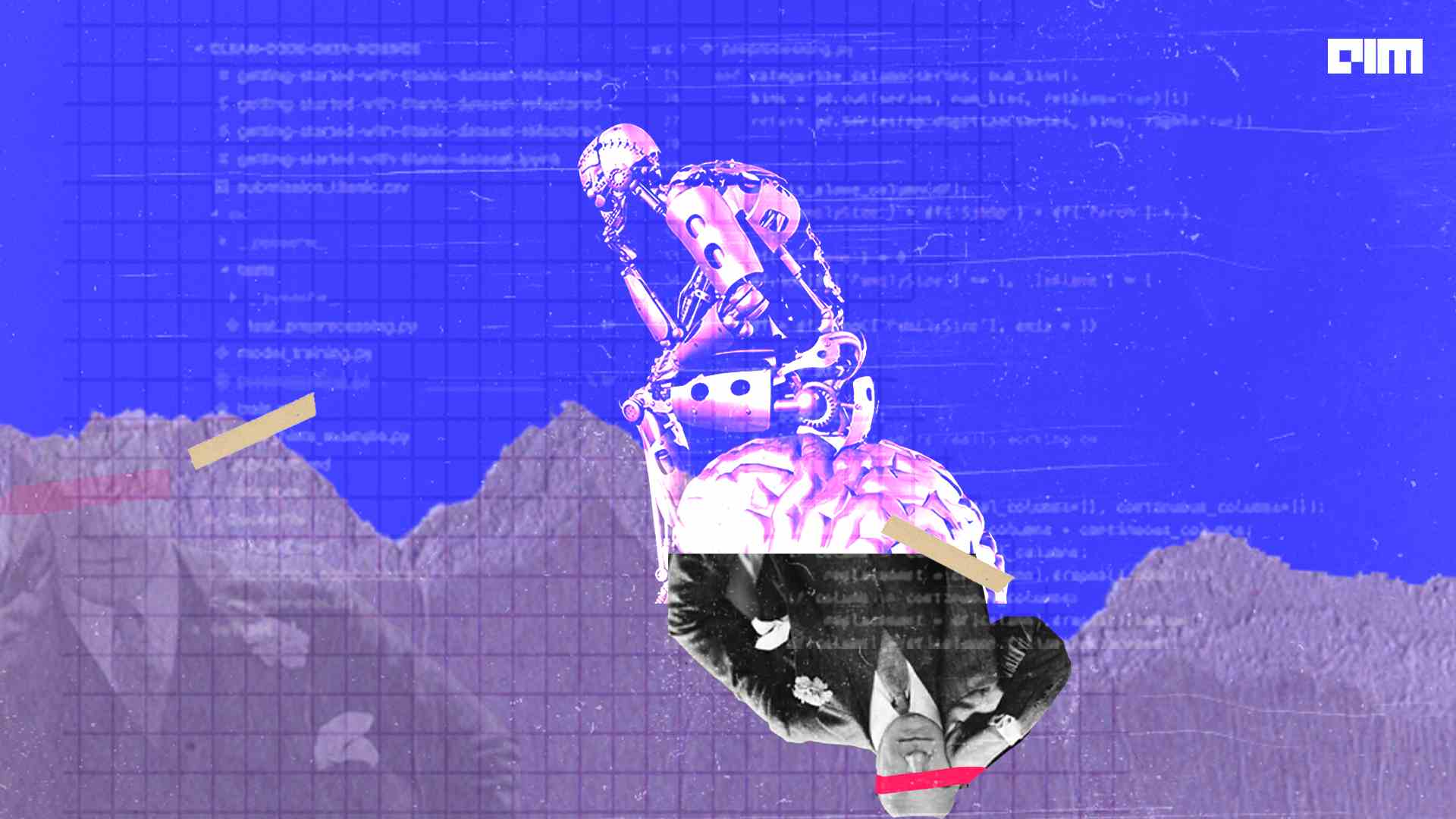Acclaimed economist Daniel Kahneman in his book Thinking Fast and Slow, proposed that the human brain has two separate systems for decision making – system 1 and system 2. System 1 controls unconscious decision making like walking, climbing stairs, brushing teeth, and other tasks that may not require conscious thought. On the other hand, system 2 is a slower and more deliberative type of decision-making system for tasks like playing chess, solving mathematical equations, etc.
Extending system 1 – system 2 principle to AI
Now, what if we apply the same principle to artificial intelligence systems? Notably, this is not an entirely new concept. AI pioneer Yoshua Bengio spoke about it at length on multiple occasions. In his keynote speech at NeurIPS 2019, Bengio said that current deep learning techniques have capabilities similar to system 1. New developments in deep reinforcement learning are leading to innovations for addressing system 2 tasks. The expansion of deep learning from system 1 and system 2 will eventually lead to the discovery of high-level abstract representations.
Again at the ICMR 2020 event, Bengio stressed the need to move from unconscious to fully conscious machine learning approaches. He said that one of the interesting properties of the conscious system (system 2) is that it allows the manipulation of semantic concepts that can be recombined in novel situations. As per Bengio, this is a desirable property of machine learning algorithms. He said that attention forms the core ingredient here.
Building on this principle, Bengio and other researchers introduced a paper titled ‘recurrent independent mechanisms (RIMs)’. RIM is a model architecture where a group of cells operate independently. The little communication that happens between them is through attention. Such a mechanism leads to specialisation among RIMs that improves generalisation.
IBM Global AI ethics leader Francesca Rossi said that the division between system 1 and system 2 can be applied to AI systems to increase their flexibility. She said that this arrangement might help in developing a third metacognitive module that would determine whether to engage system 1 or system 2 for a given problem-solving task. This module would be similar to a switch in the new Switch Transformer architecture.
The SOFAI architecture
In 2020, researchers from IBM, University of Udine, European University Institute, etc., introduced a technique called the SlOw and Fast AI (SOFAI) that uses meta-cognition to choose between different modes of inference. In some cases, the S1 solution may not be accurate but may not require additional resources. In other cases, the expected gains may justify the extra resources, so the meta-cognition model may choose S2. This mechanism can help in improving the efficiency of AI systems in using data and compute resources.
The SOFAI researchers experimented with the real implementation of this module in a grid navigation system. Here, the AI agent was required to find the shortest trajectory to the goal while avoiding penalty states. Additional randomness was added to the environment to prevent it from becoming deterministic. Their system offered rewards for achieving goals and levied penalties for mistakes.
The authors wrote, “We analyse some of these theories, with special focus on Kahneman’s theory of thinking fast and slow, and attempt to connect them into a unified theory with the aim to identify (some of) the roots of the desired human capabilities.”
The authors also proposed to translate the theories of the human mind into AI environment. The basic idea behind this research is to advance AI that draws inspiration from the cognitive theories of human decision making. The idea behind the research is to get insights into the causes of a few human capabilities that are lacking in AI, like adaptability, generalisability, causal reasoning, common sense, etc. This may help in obtaining similar capabilities in AI systems by embedding these components.
Read the full paper here.




















































































